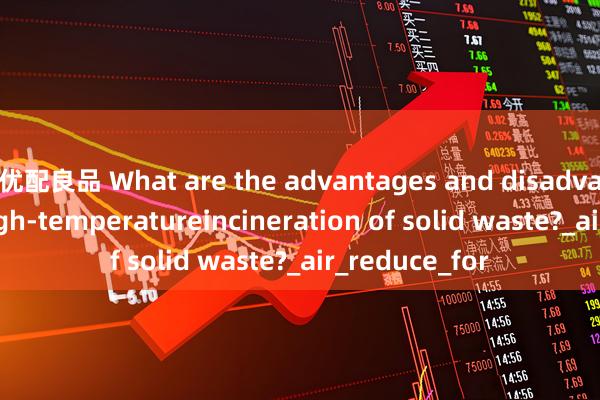
What are the advantages and disadvantages of high-temperature incineration of solid waste?优配良品
High-temperature incineration can reduce waste volume, generate energy, and reduce reliance on landfills. However, it produces air pollutants such as dioxins and mercury, is costly to operate, hinders recycling, and leaves hazardous ash, requiring proper management and costly environmental controls.
Advantages
Waste Reduction:
Incineration significantly reduces the volume and mass of solid waste, typically by 80-85%, thereby minimizing the need for landfills.
展开剩余79%Energy Generation:
The heat generated by the combustion of incinerated waste can be captured and used to generate electricity or heat, thus creating a waste-to-energy solution.
Hazardous Waste Disposal:
Incineration can safely destroy certain types of hazardous materials优配良品, but requires specialized facilities.
Reducing Landfill Impacts:
By reducing the amount of waste entering landfills, incineration helps mitigate landfill-related issues such as leachate formation and groundwater contamination.
Disadvantages
Air Pollution:
Incineration releases harmful pollutants and greenhouse gases, including dioxins, furans, and mercury, into the atmosphere, which can harm health and exacerbate air quality problems. High Cost:
Building and operating incineration facilities is expensive, requiring specialized equipment, skilled labor, and complex pollution control systems.
Hazardous Ash:
The incineration process produces ash and other residues that may contain toxic substances and must be managed as hazardous waste, which itself requires careful disposal.
Impotent Recycling:
If the primary goal of an incineration facility is to burn waste for energy, pre-separating materials for recycling may not be cost-effective, which could reduce recycling efforts.
Public Opposition:
Public concerns about air pollution and the potential health impacts of incineration plants may lead to public opposition and resistance.
How to Reduce Public Opposition:
China Fireprint Technology has designed a small, low-temperature magnetic gas pyrolysis device that can generate electricity. Operating at temperatures between 50 and 380 degrees Celsius, it reduces significant waste emissions, and the waste gas is passed through the burner to generate secondary electricity.
发布于:浙江省嘉正网提示:文章来自网络,不代表本站观点。



